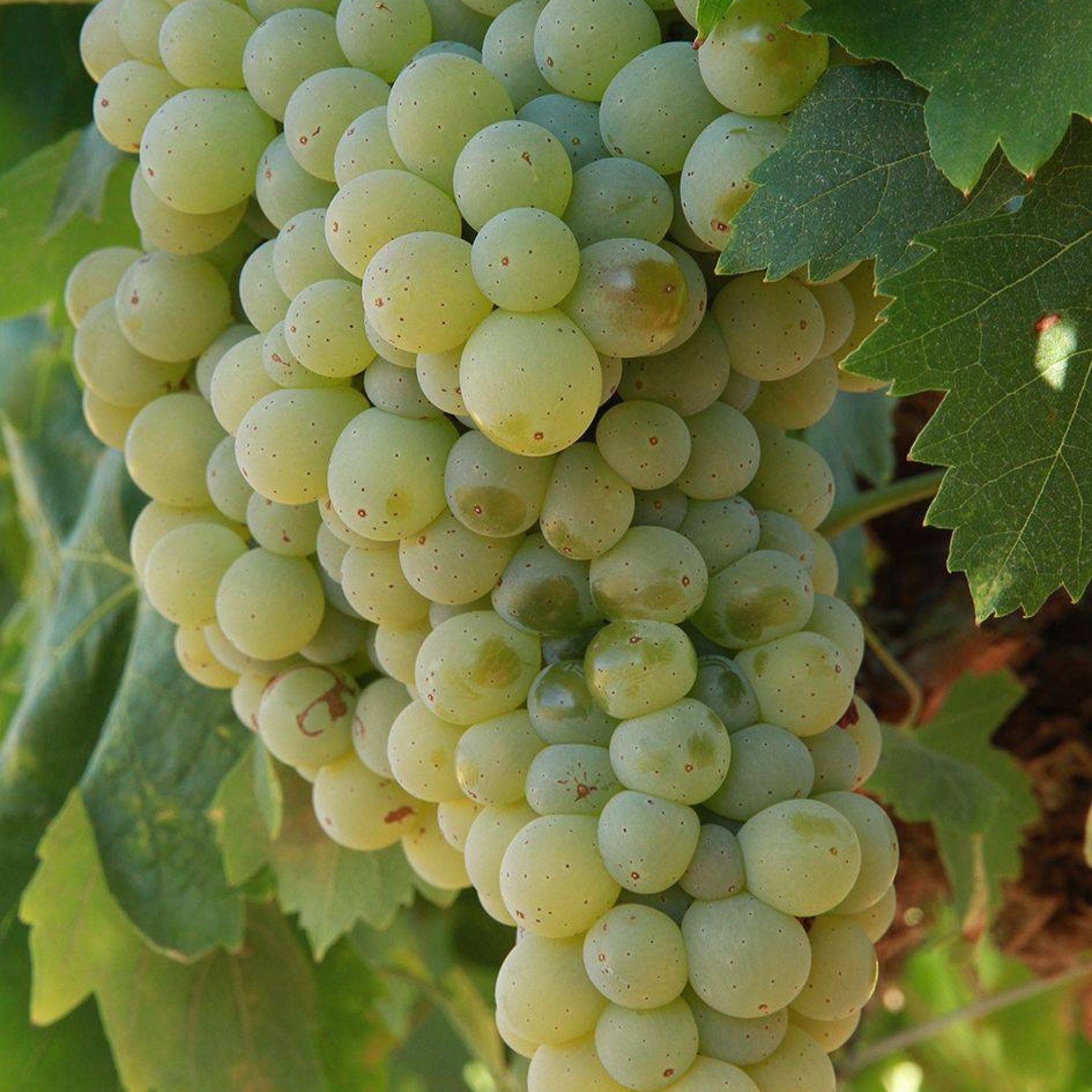*Cover Image Courtesy of Wines of Alentejo
It’s safe to say that Portuguese wine is on fire. Everywhere I look, I see images and articles about Portuguese wine. And this isn’t just the beloved Porto wines. These are dry reds and whites and everything in between. With over 250 indigenous varieties, there are many gems to be discovered throughout the various regions of the country. And Alentejo (“Ah-len-TAY-zhoo”) seems to be front and center, with its wine and gastronomy industries booming.
In fact, National Geographic named Alentejo as one of the 21 best places to visit while USA Today voted the region as the #1 wine region to visit in 2014. To enhance the experience of travelers, wine routes have cropped up and wineries now offer a range of experiences from basic wine tasting to full on wine and food pairings. All of this excitement and activity has even propelled some to refer to Alentejo as the “new Tuscany.”

Covering about a third of Portugal, Alentejo has an ideal climate for viticulture with its long, dry summers, soils consisting of granite, limestone, marble, and schist, and ideal harvesting conditions with little rain. Sunny days tempered by cool, breezy nights makes for grapes with ripeness and richness but that still retain vital acidity.

My first foray into Alentejo was with an introduction to Alicante Bouschet, or “Ali B” as I like to call it, and I absolutely fell in love with it. It’s one of my new go-to BBQ wines. And while 80% of wines that come out of the region are made from red grapes, there are some superstar white wines that deserve attention. Enter Antão Vaz. Native to Alentejo and considered the region’s signature white grape, this hot-climate white is perfectly adapted to its environment, as it is highly resistant to drought and manages even ripening despite the sun and heat.

Antão Vaz is quite versatile and can produce a wide range of styles, depending on micro-climates, vintage conditions and the vision of the winemaker. Often full-bodied, typical flavors include rich tropical fruit, stone fruits, and citrus. Styles can range from fresh, vibrant wines with exotic aromas that exhibit great structure to those that are rounder and more full-bodied with higher alcohol content and more perfumed aromas. So whether you’re into Chardonnay, Sauvignon Blanc, or Pinot Grigio, there’s an Antão Vaz for you. Depending upon where it is grown, Antão Vaz May lack acidity thus it is often blended with other local varieties. So whether shining solo or playing well with others, it is certainly worth seeking out.
Below are four wines that were sent to me as samples that truly highlight the versatility of Antão Vaz.
2016 Malhadinha Antão Vaz da Peceguina ($25)

Coming in at 100% Antão Vaz and seeing only stainless steel, this is a great example of a fresh, vibrant Antão Vaz. Orange zest, lemon curd, green apple, along with traces of minerality, it is more light-bodied that its warm climate roots would seem to indicate. Shellfish and vegetable-based meals would make great pairing partners for this one. Fish tacos anyone?
2017 Esporão Monte Velho White Blend ($12)

Esporão is family-owned and one of Portugal’s largest and best-known estates. This white blend comes in at 40% Antão Vaz with Roupeiro and Perrum making up the rest. Full-bodied, lush, yet elegant with a nice round mouthfeel, it packs in ripe peach, mangoes, and lemon-lime. Roasted pork would play nicely with this one.
2017 Rocim ‘Mariana’ Branco ($13)

This Antão Vaz based wine has Arinto and Alvarinho rounding out the rest of the blend and comes from an estate known for its cool breezes rushing in from the Algarve Coast. More delicate than the other wines tasted, it shows some floral and honeyed characteristics as well melon, pear and a touch of mineral. Seriously easy-drinking, this pairs well with relaxation.
2018 Fitapreta Branco ($22)

Comprised of 40% Antão Vaz, 40% Roupeiro and 20% Arinto from schist rock soil vineyards which are mostly old vine, this one is layered and strikes a delightful balance between its creamy texture and bright acidity. With native yeasts employed, each variety is fermented separately to preserve its distinct qualities. Crisp citrus, apricot, and salinity wrapped in lively acidity makes it a versatile paring partner for fish, poultry, and beyond.
I hope you’ll take to opportunity to try some Antão Vaz, Alicante Bouschet, or other Portuguese wine. I’ve had a great time being exposed to these wines and can’t wait to try more of those 250 indigenous varieties. Cheers until next time!







No Comments